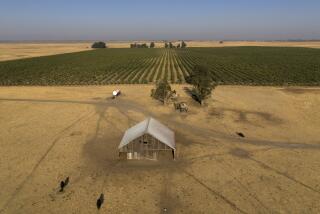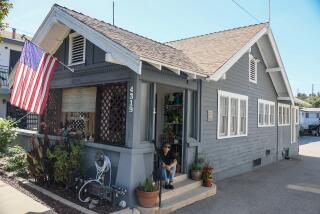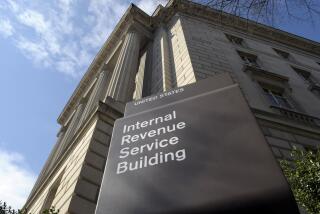Urban Reserve Building Moratorium Is Extended : Planning: City Council votes to extend ban until Sept. 21, 1992, so that a plan for the area can be completed.
The San Diego City Council has extended a moratorium on construction in the city’s 12,000-acre urban reserve to allow a consultant more time to write a comprehensive plan for the area, one of the last major undeveloped tracts in the city.
Despite keen interest from some developers to move forward with construction projects covering about 75% of the reserve, the council voted Tuesday to extend the moratorium until Sept. 21, 1992. The current moratorium is scheduled to expire Dec. 10.
The vote was necessary to provide more time for a consultant who is writing a general plan of the area, a 20-square mile swath that stretches from Carmel Valley to Rancho Bernardo, according to Anna McPherson, a senior planner for the city.
A task force that recommended that a comprehensive plan be created had urged that the consultant complete the task by next July.
The plan will identify the area’s open space system, transportation corridors, land use designations and other elements needed before the Planning Commission and council can begin reviewing individual construction projects.
But the extended moratorium means that landowners eager to develop their holdings will wait at least nine more months. They have proposed construction of 3,220 homes on 8,339 acres.
Included is Potomac Investment Associates proposal to build 1,000 luxury homes and two 18-hole golf courses that would serve as the permanent home of the Professional Golf Assn.’s tournament. The planned San Dieguito River Valley Regional Park also extends into the area.
In 1985, city voters gave the reserve special protections from development by approving Proposition A, which requires builders to seek public approval for residential or commercial development.
But a city policy dating from 1981 allows construction of one home per 4 acres under certain conditions. As land and housing prices have escalated here during the past five years, it has become economically feasible for some builders to plan the large estate homes that would be built under such conditions.
Growth-control advocates have opposed those moves, saying they violate the spirit of the ballot initiative.
More to Read
Sign up for Essential California
The most important California stories and recommendations in your inbox every morning.
You may occasionally receive promotional content from the Los Angeles Times.









